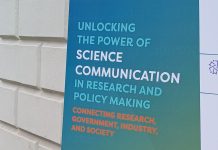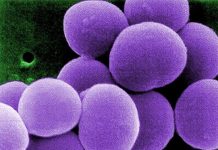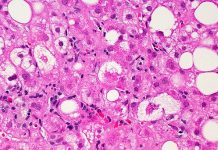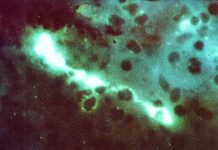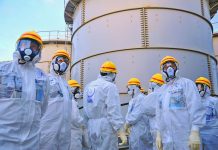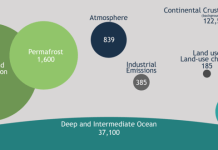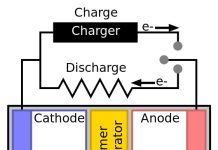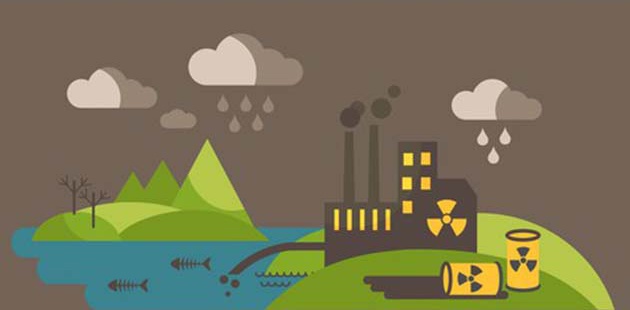Study has produced a new material which could adsorb air and water pollutants and could be a low cost sustainable alternative to the currently used activated carbon
Pollution makes our planet’s land, water, air and other constituents of the environment dirty, unsafe and unsuitable to use. Pollution is caused by artificial introduction or entry of a contaminant(s) into a natural environment. Pollution is of various types; example land pollution is caused mostly by household discard or garbage and industrial waste by commercial companies. Water pollution is caused when foreign substances are introduced to water include chemicals, sewage water, pesticides and fertilizersor metals like mercury. Air pollution is caused by particles in the air from burning fuels, like soot, containing millions of tiny particlesfloating in the air. Another common type of air pollution is dangerous gases, such as sulphur dioxide, carbon monoxide, nitrogen oxides and chemical vapours.Also, air pollution can also take the form of greenhouse gases (such as carbon dioxide or sulphur dioxide) and aid thewarming of our planet through greenhouse effect. Other type of pollution is noise pollutionwhen the sound coming from planes, industry or other sources reaches harmful levels.
Despite major efforts that have been made over recent years to clean up the environment, pollution remains a major problem and poses continuing risks to health, affecting 200 million people worldwide. The problems are undeniably greatest in the developing world, where traditional sources of pollution such as industrial emissions, poor sanitation, inadequate waste management, contaminated water supplies and exposures to indoor air pollution from biomass fuels affect large numbers of people. Even in developed countries, however, environmental pollution persists, most especially amongst poorer sectors of society. Though the risks are generally higher in developing countries, where poverty, economical constraints for adopting technology and weak environmental laws combine to cause high pollution levels. This risk is further compounded by unsafe water, poor sanitation, poor hygiene and indoor air pollution. Pollution has detrimental effects on unborn and growing children, and life expectancy may be as low as 45 years because of cancers and other diseases. Air and water pollution is a silent killer and is thought to adversely affect our planet and in turn mankind. The air which we breathe has a very definite chemical composition which is 99 percent of nitrogen, oxygen, water vapor and inert gases. Air pollution occurs when things that aren’t normally added to the air. Particulate matter – solid particles and liquid droplets found in the air and emitted from power plants, industry, automobiles and fires – is now ubiquitous in cities and even suburban areas. Also, millions of tons of industrial effluents are released into the world’s waters every year. Both particulate matter and dyes are highly toxic to environment, ecosystem and to humanity.
Various methods and procedures are routinely used for tackling air and water pollution, including filtration, ion-exchange, coagulation, decomposition, adsorptionetc and each of these methods exhibit different rates of success. When compared, adsorption is considered most feasible because of being simple, easy to operate, having high efficiency, convenience to use etc. Among the various adsorbents, in pollution abatement of air and waste water, activated carbon is the most commonly used adsorbent. Also called activated charcoal, itis a form of carbon processed to have small, low-volume pores that increase the surface area available for adsorption or chemical reactions. In fact, activated carbon is the gold standard in adsorbents. Carbon has a natural affinity for organic pollutants like benzene, which bind to its surface. If you “activate” carbon i.e. steam it at 1,800 degreesit forms little pores and pockets that increase its surface area. Pesticides, chloroform, and other contaminants slide into the holes of this honeycomb and hold fast.Also, no carbon remains in the water once it’s been thoroughly treated.Water treatment plants in developing countries like China and India routinely use activated carbon. Similarly, activated carbon has special properties which help in removing volatile compounds, odours, and other gaseous pollutants from the air. The way it works is quite straightforward. There are a few downsidesof activated carbon, firstly it is very expensive and has a very short shelf life as it can only be used until its pores fill up – which is why you have to change the filterfrom time to time. Activated carbon is also difficult to regenerate and its effectiveness decreases over time. They are not effective at removing those contaminants which are either not attracted to carbons or pathogenic bacteria and viruses.
An economic and sustainable alternative
In a recent study published in Frontiers in Chemistry, researchers have a created an affordable low-cost and sustainable material for tackling air and water pollution. This new “green” porous material produced from solid wastes and abundant organic natural polymers looks very promising in terms of adsorbing pollutants in wastewater and airwhen compared to activated carbon and is being labelled as an “economical alternative”. This new “green” adsorbent is a combination of a naturally abundant raw material – a polysaccharide called sodium alginate which can be extracted from seaweed and algae–with an industrial by product – silica fume (by product of silicon metal alloy processing). It was synthesised very easily and consolidated by the gelling properties of alginate and by decomposition of sodium-bicarbonate controlled porosity at low temperatures at different scale lengths. For testing in the wastewater pollution, a blue dye was used as a model pollutant. It was seen that the new hybrid material adsorbed and removed the dye with efficiency of about 94 percent, which was very encouraging. Even very high concentrations of this dye were removed. This material displayed encouraging capabilities for trapping particulate matter from diesel exhaust fume. The study led by Dr.ElzaBontempi from the University of Brescia, Italy, concludes that this material was able to replace activated carbon very efficiently in its capability to capture both fine particulate matter in air and also organic pollutants in wastewater thus cutting down on the pollution.
This is exciting work, as this new material is produced in a very innovative and inexpensive manner from naturally abundant polymers and industrial waste by-product which is anyway is always discarded. This new material being termed as an “organic-inorganic hybrid” is not only low cost, it’s also sustainable and regenerable and could actually displace the activated carbon and become a preferred choice. It even consumed less energy when being produced (the “embodied” energy) and thus leaves a much lower carbon footprint. This material is also self-stabilizing and does not require a thermal treatment at high temperatures and also can be scaled up for different experimentation. Ongoing tests further indicate that it can be stored at ambient conditions and it only becomes more stable over time while not degrading at all. Thus, its highly versatile and could have a wide range of applications in air and water filtration. This generates huge hope for combating air and water pollution and protecting mother earth as well as mankind.
***
{You may read the original research paper by clicking the DOI link given below in the list of cited source(s)}
Source(s)
Zanoletti A et al. 2019. A New Porous Hybrid Material Derived From Silica Fume and Alginate for Sustainable Pollutants Reduction. Frontiers in Chemistry. 6. https://doi.org/10.3389/fchem.2018.00060





